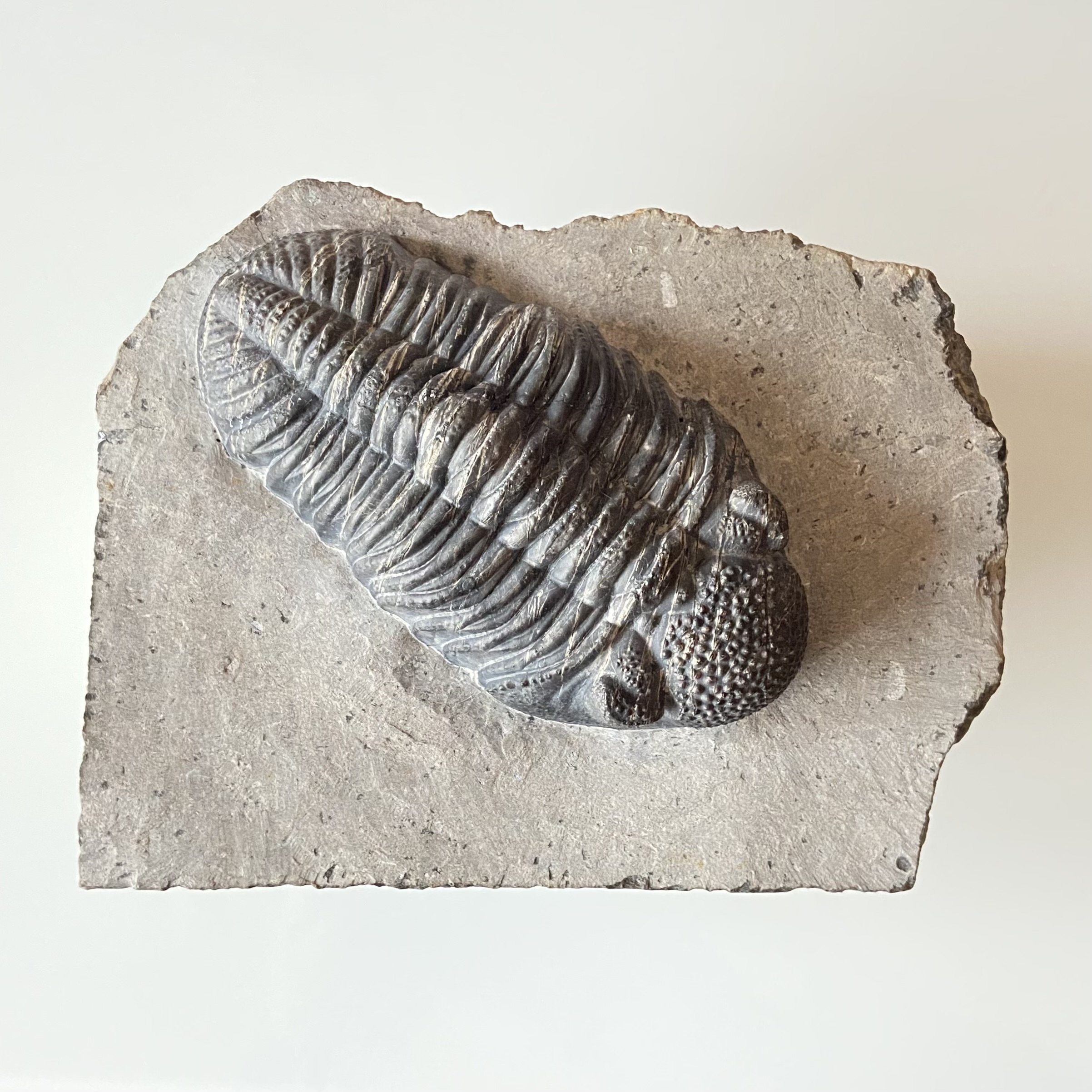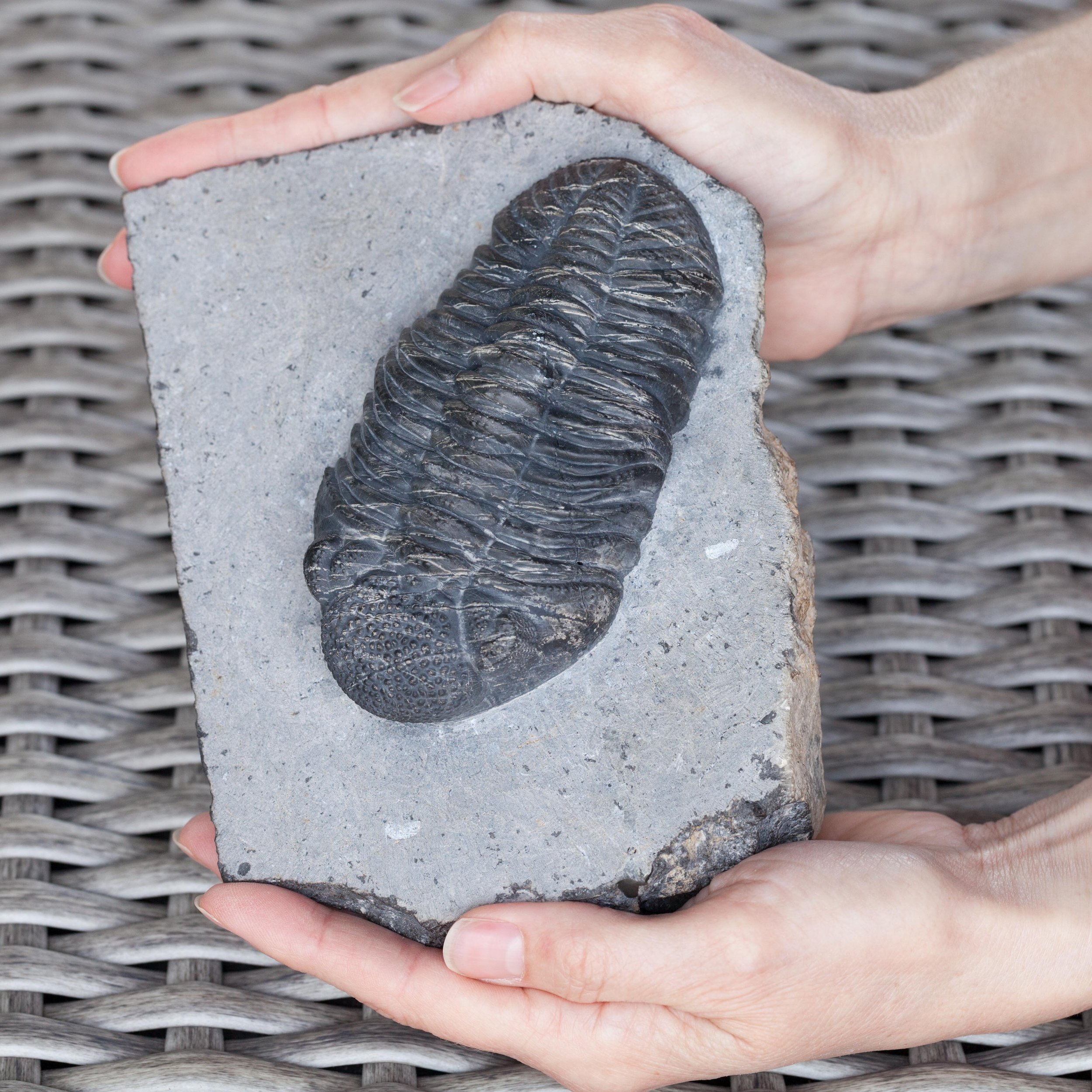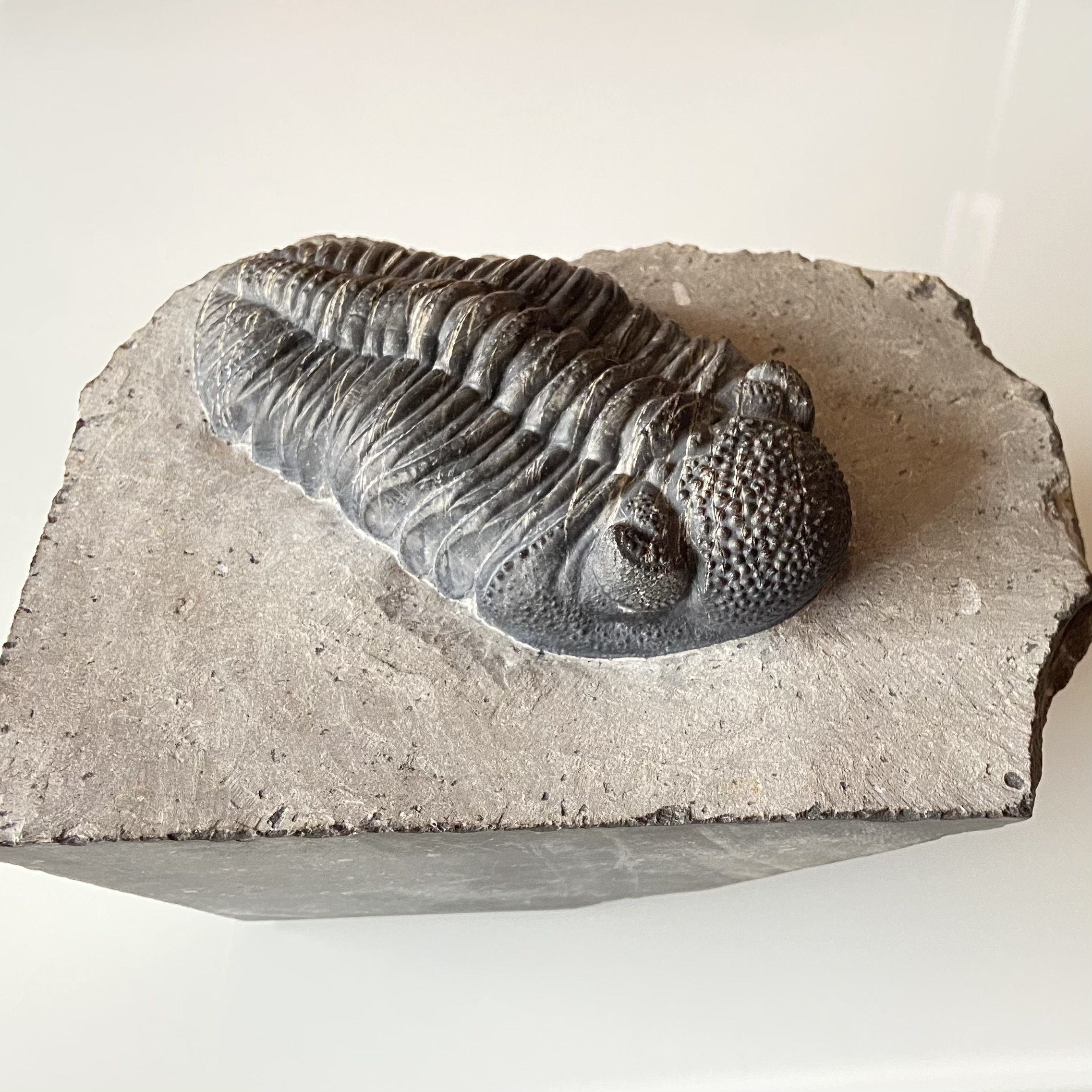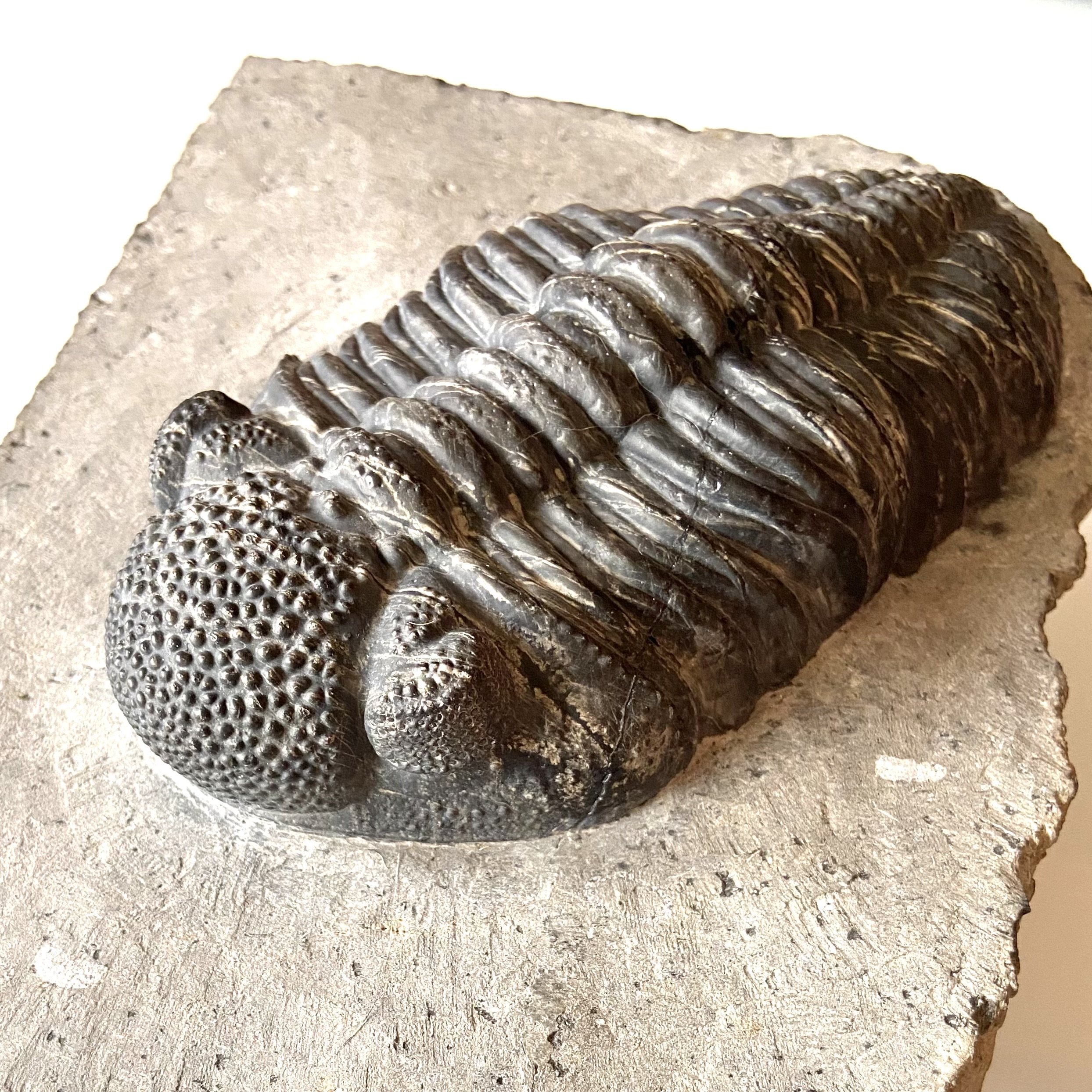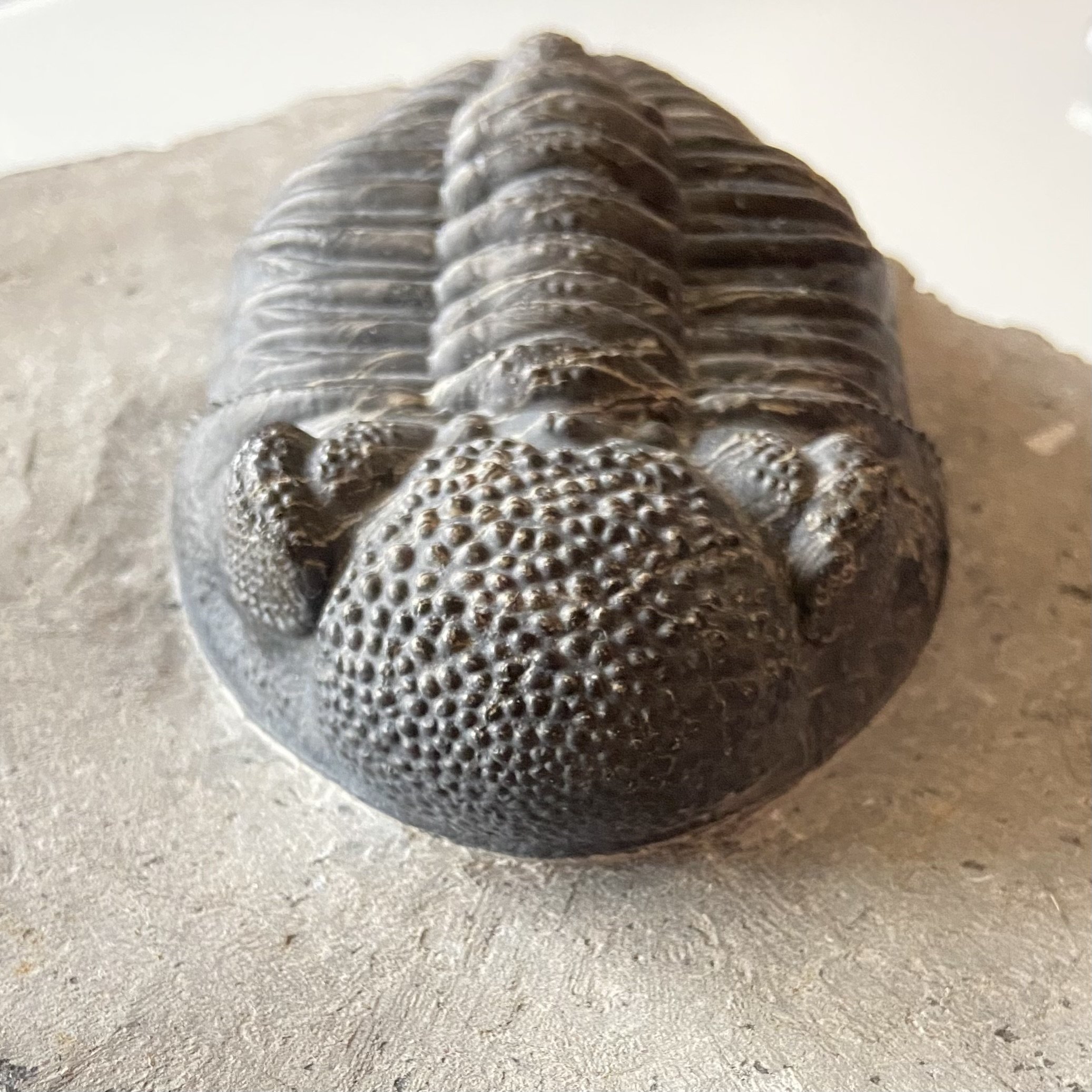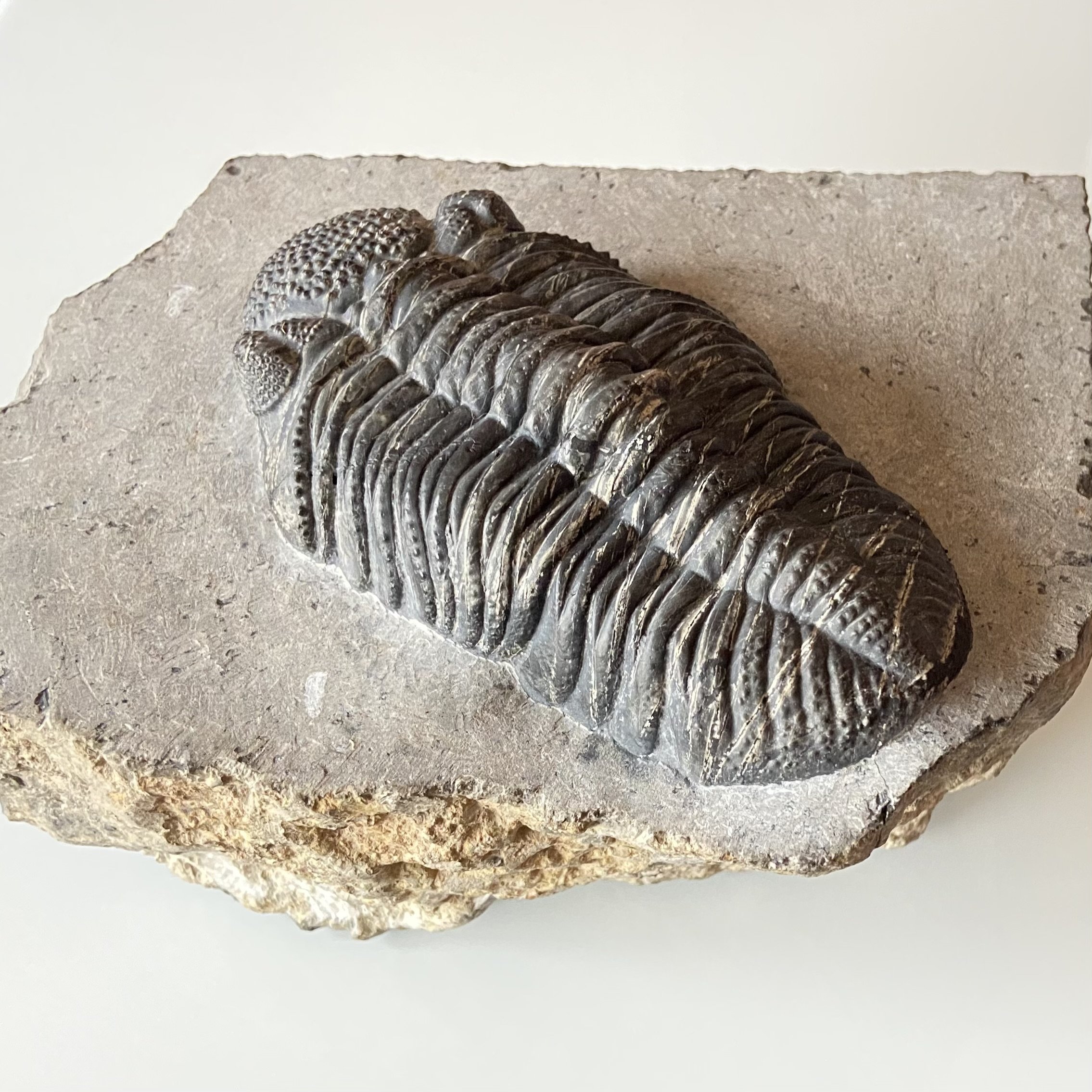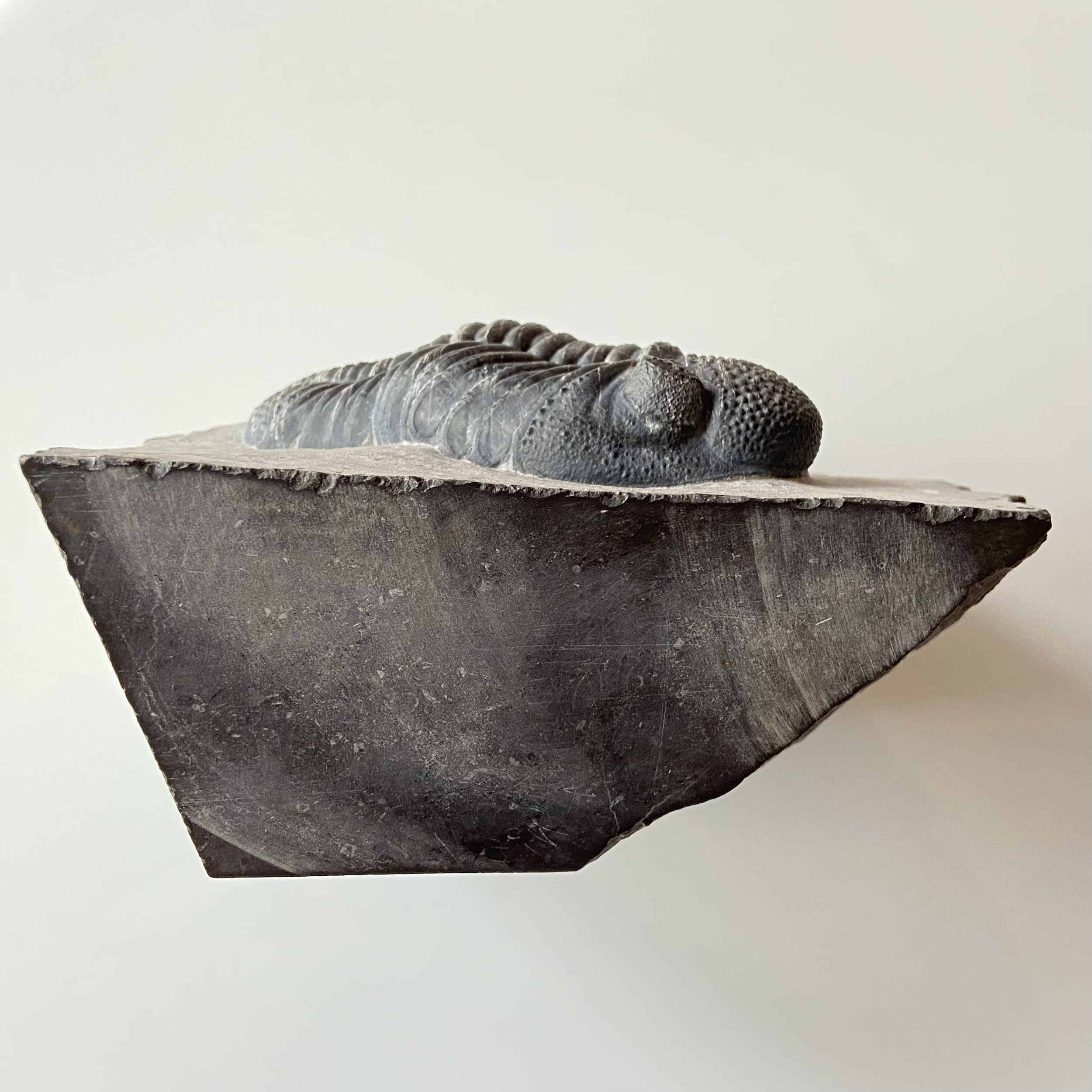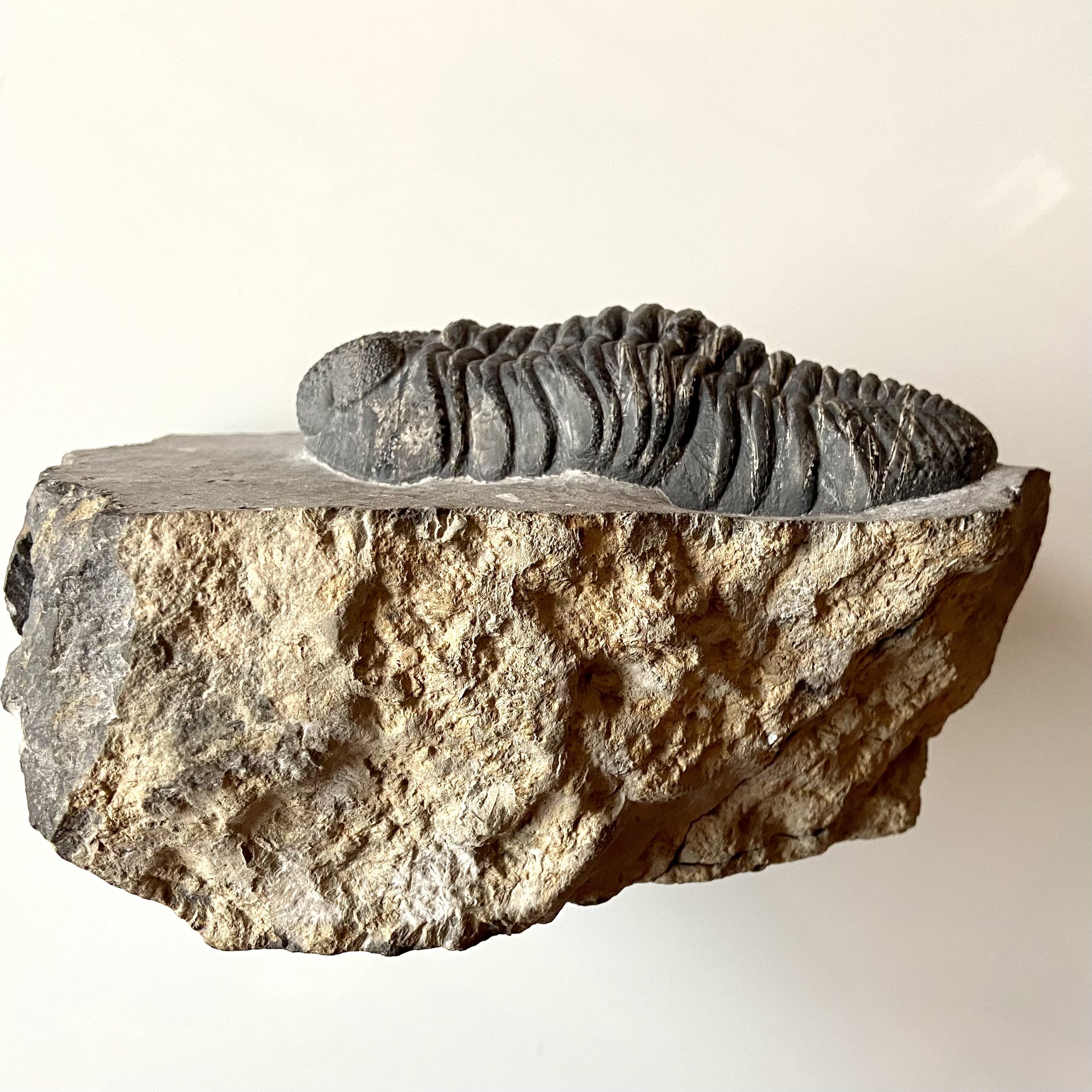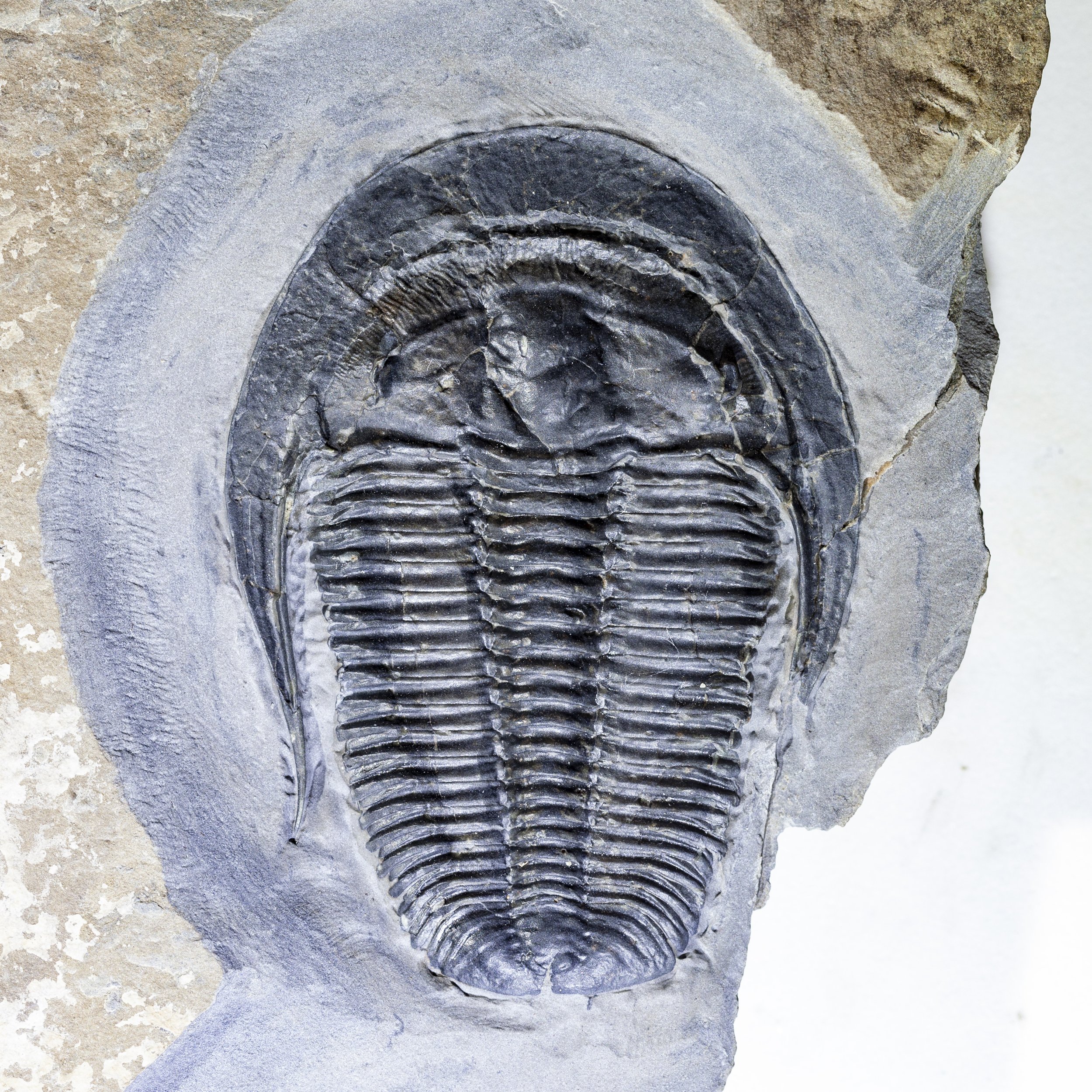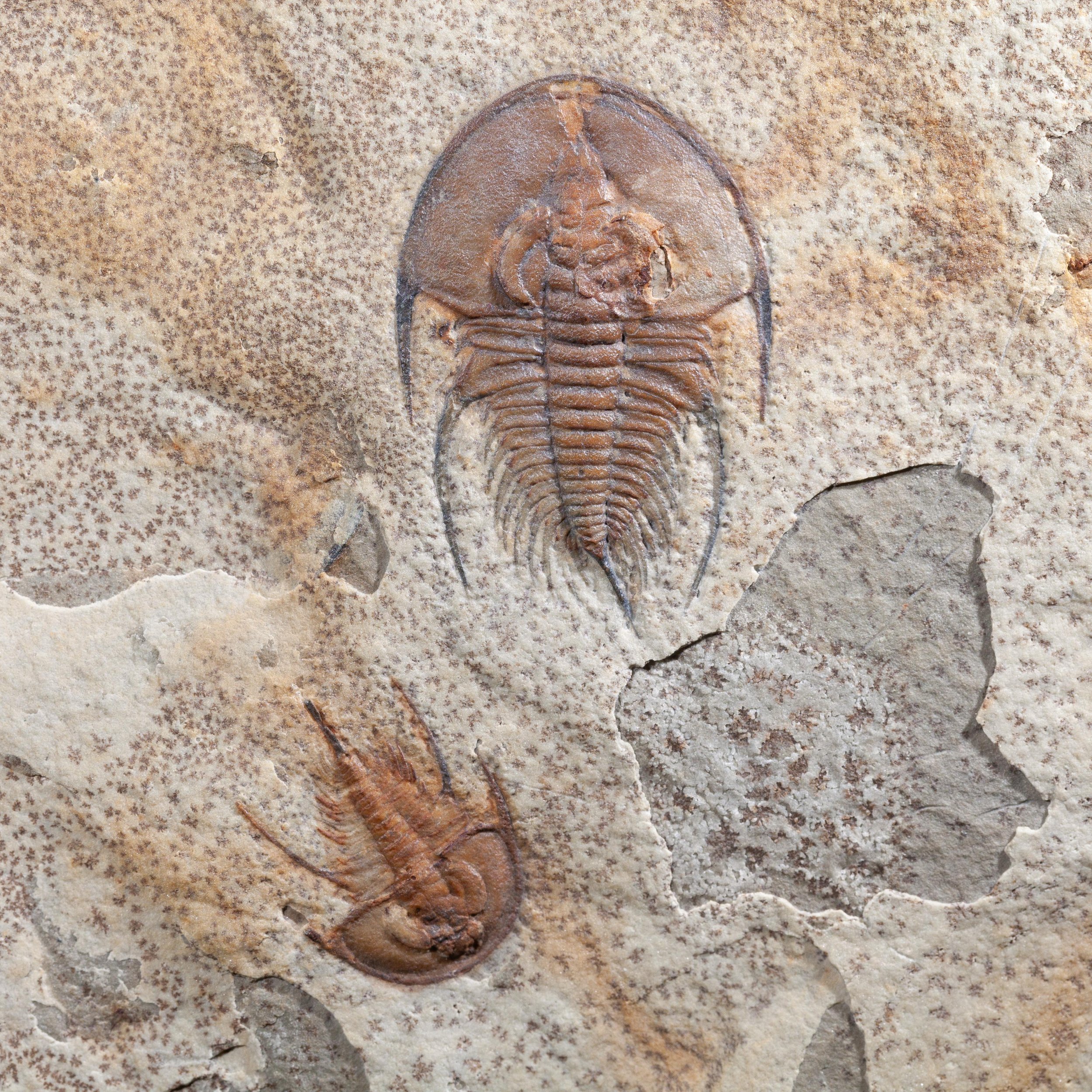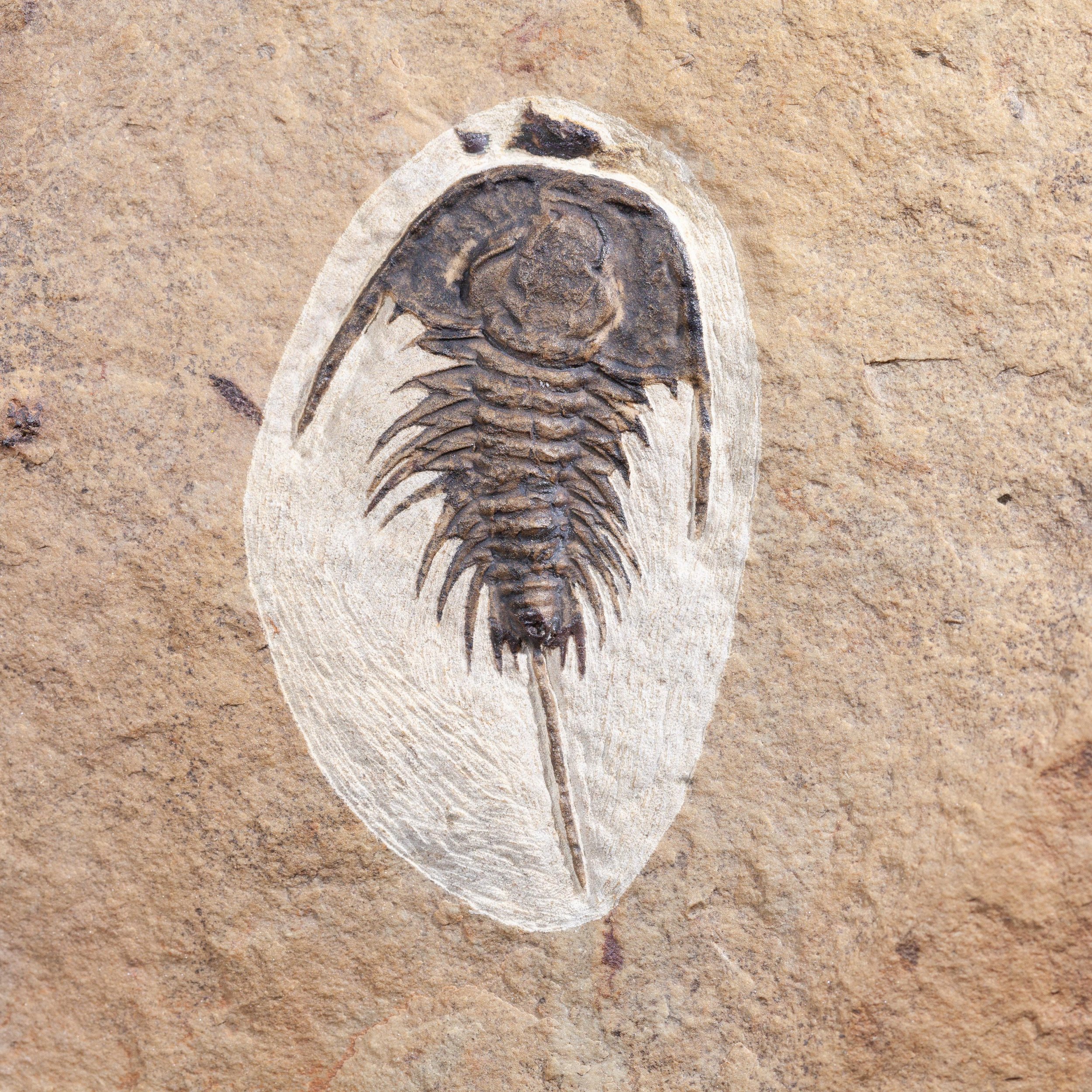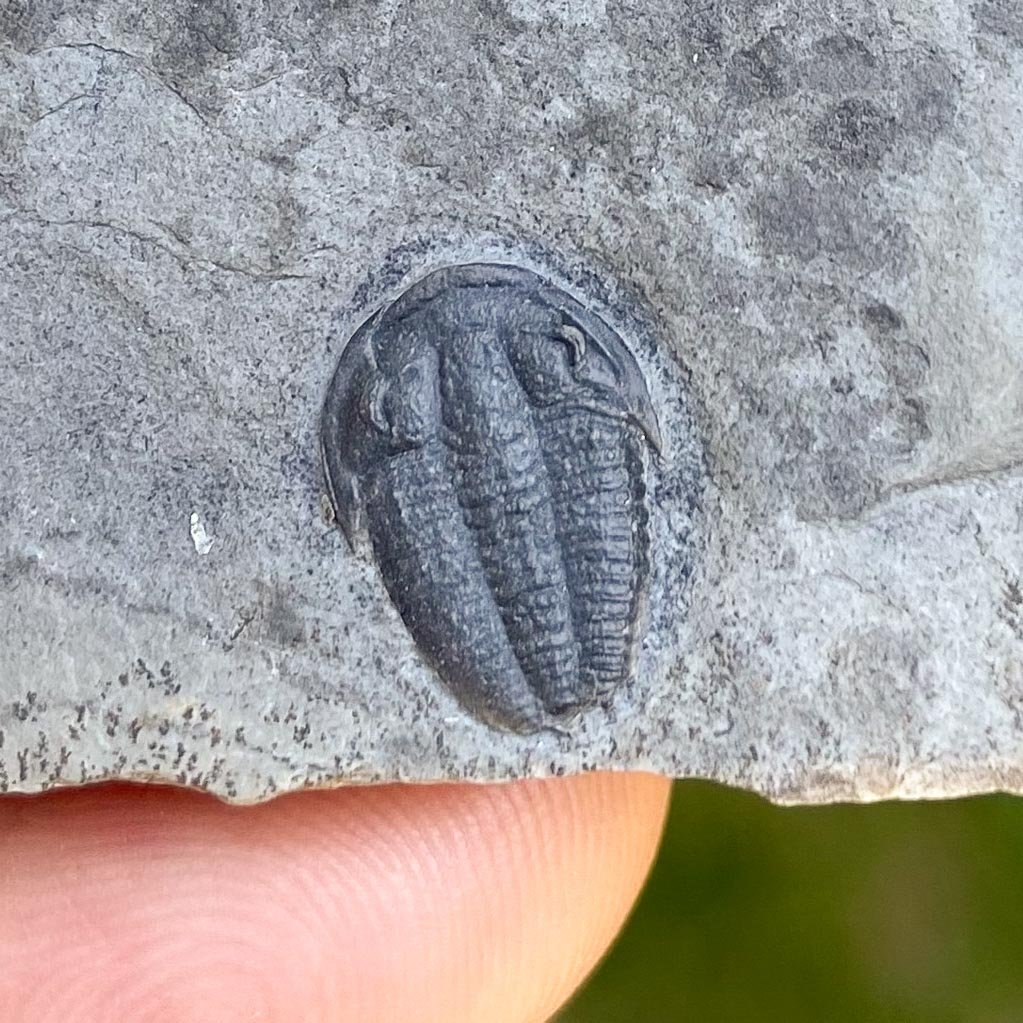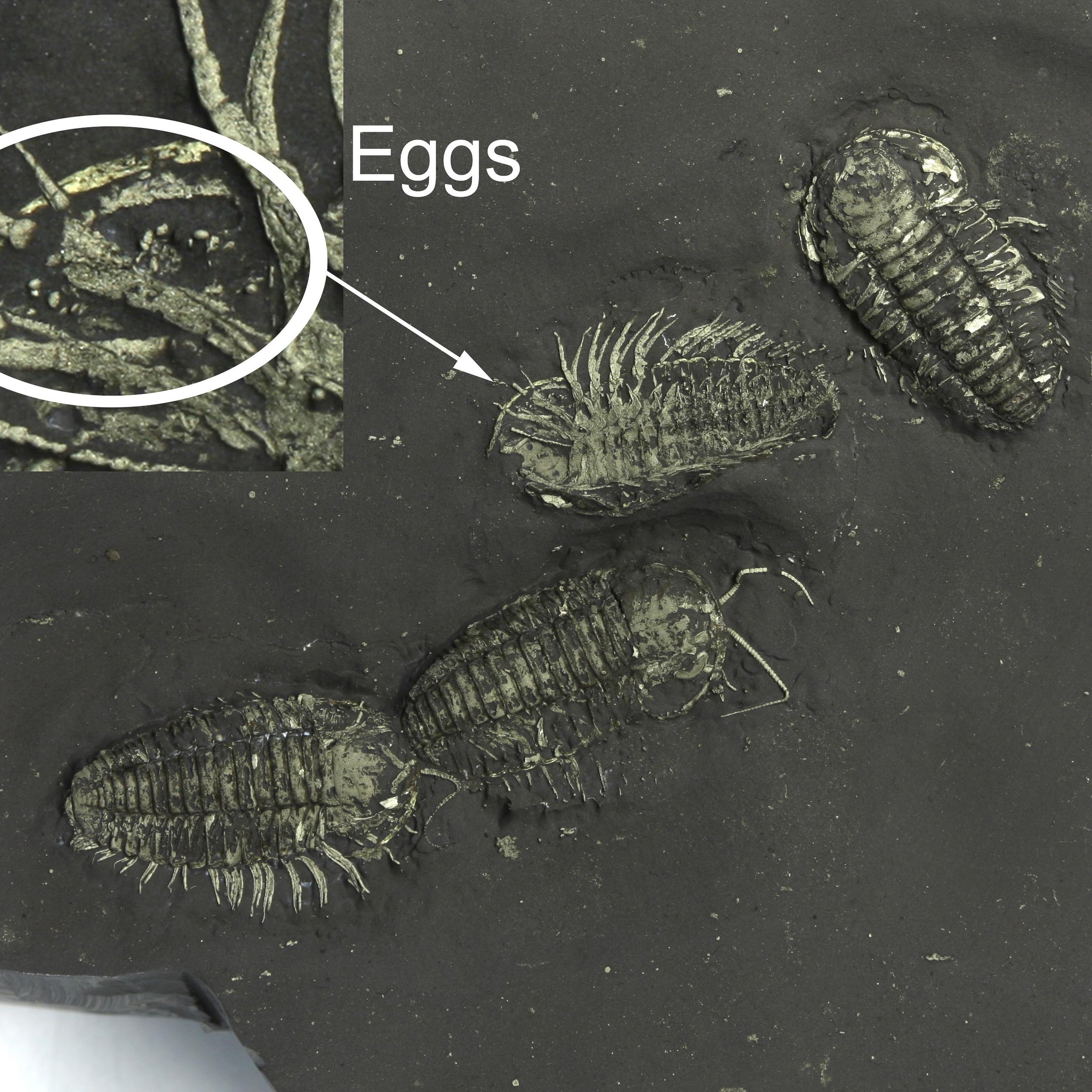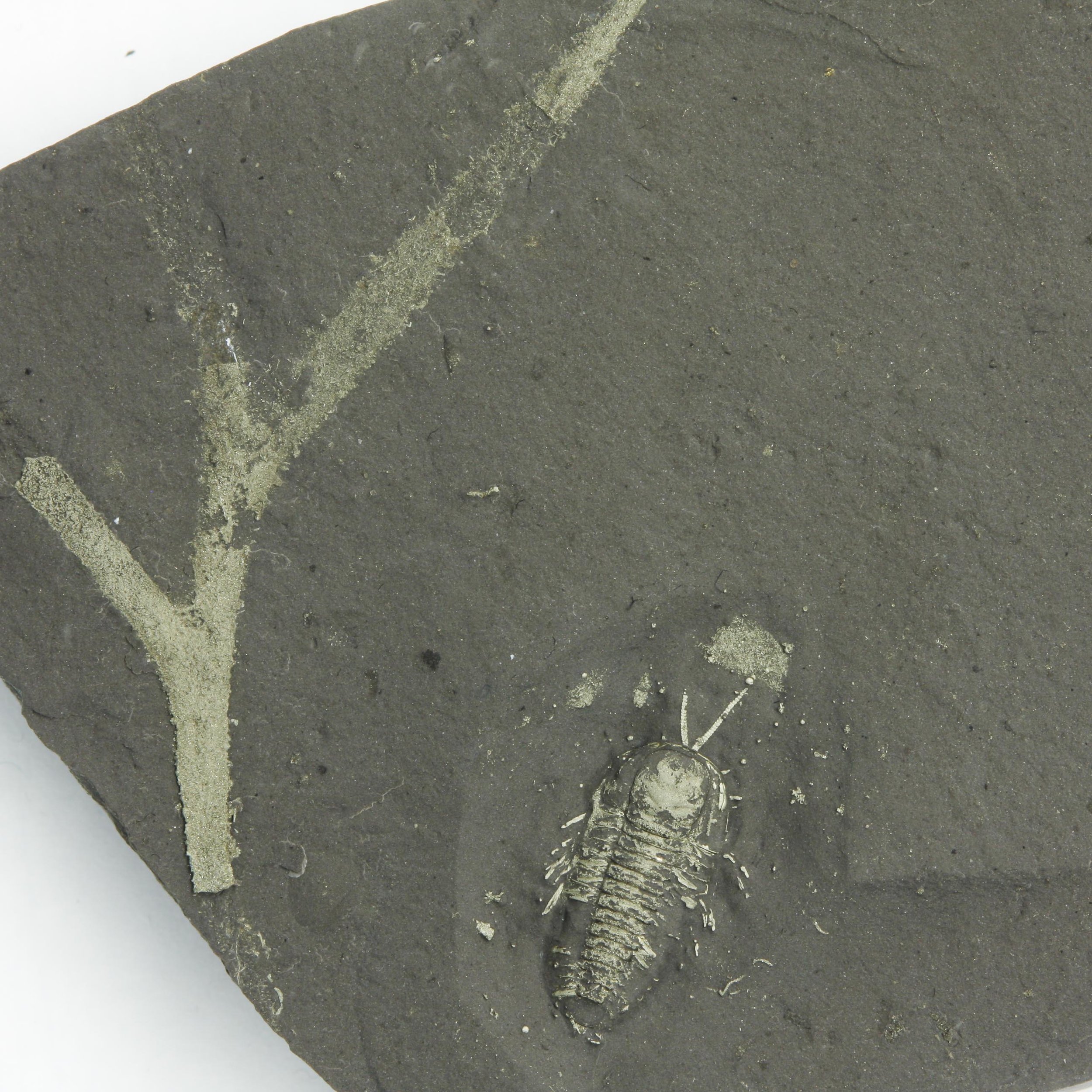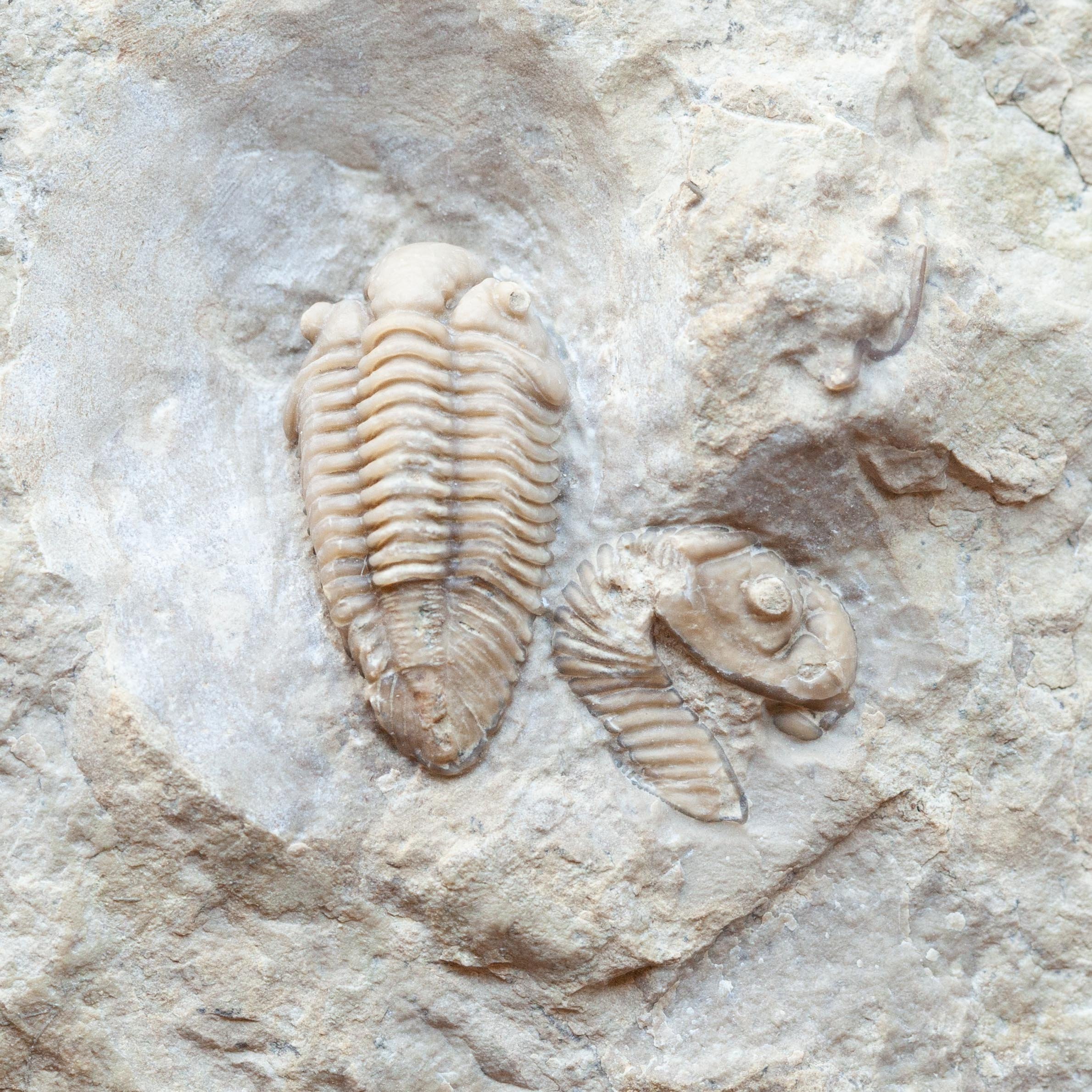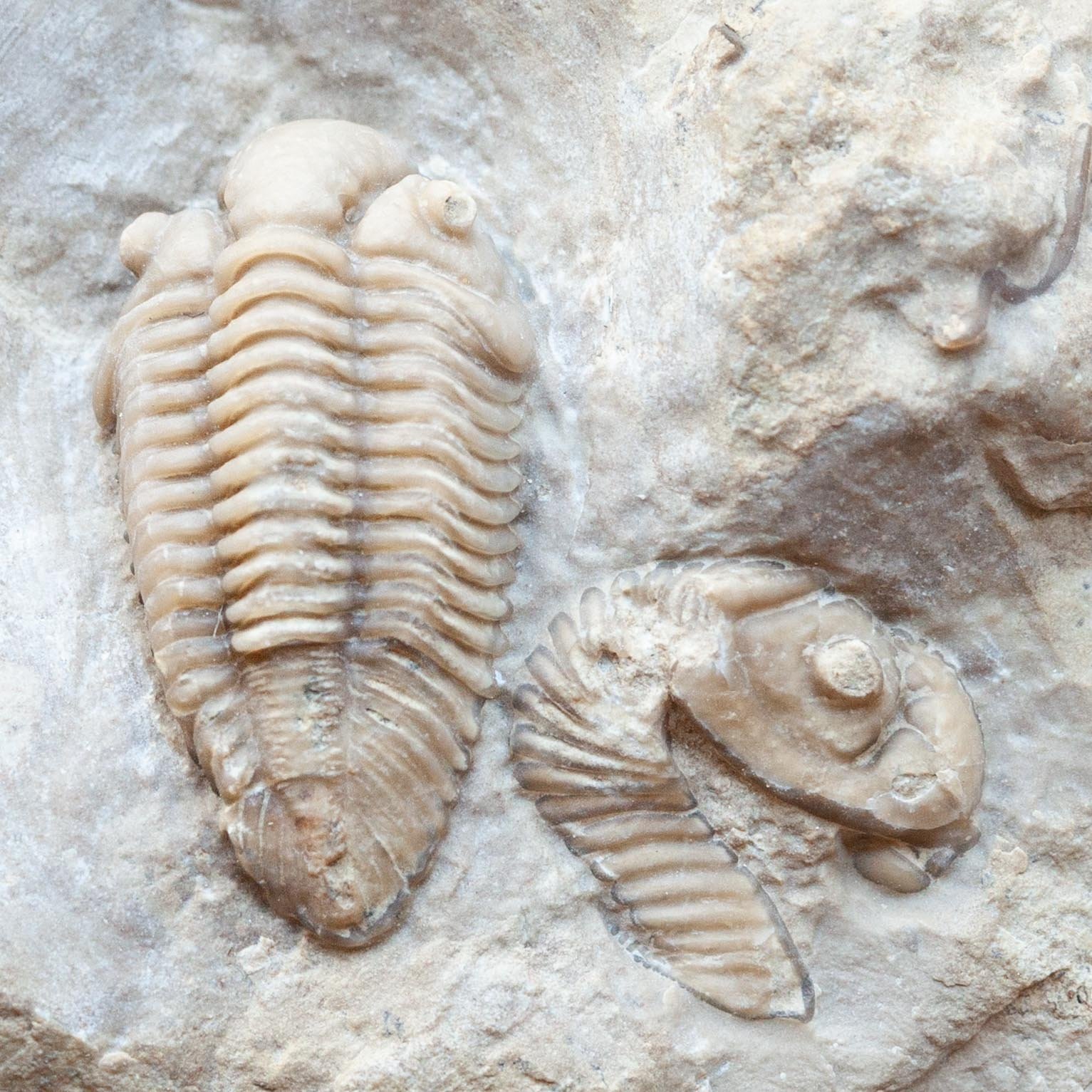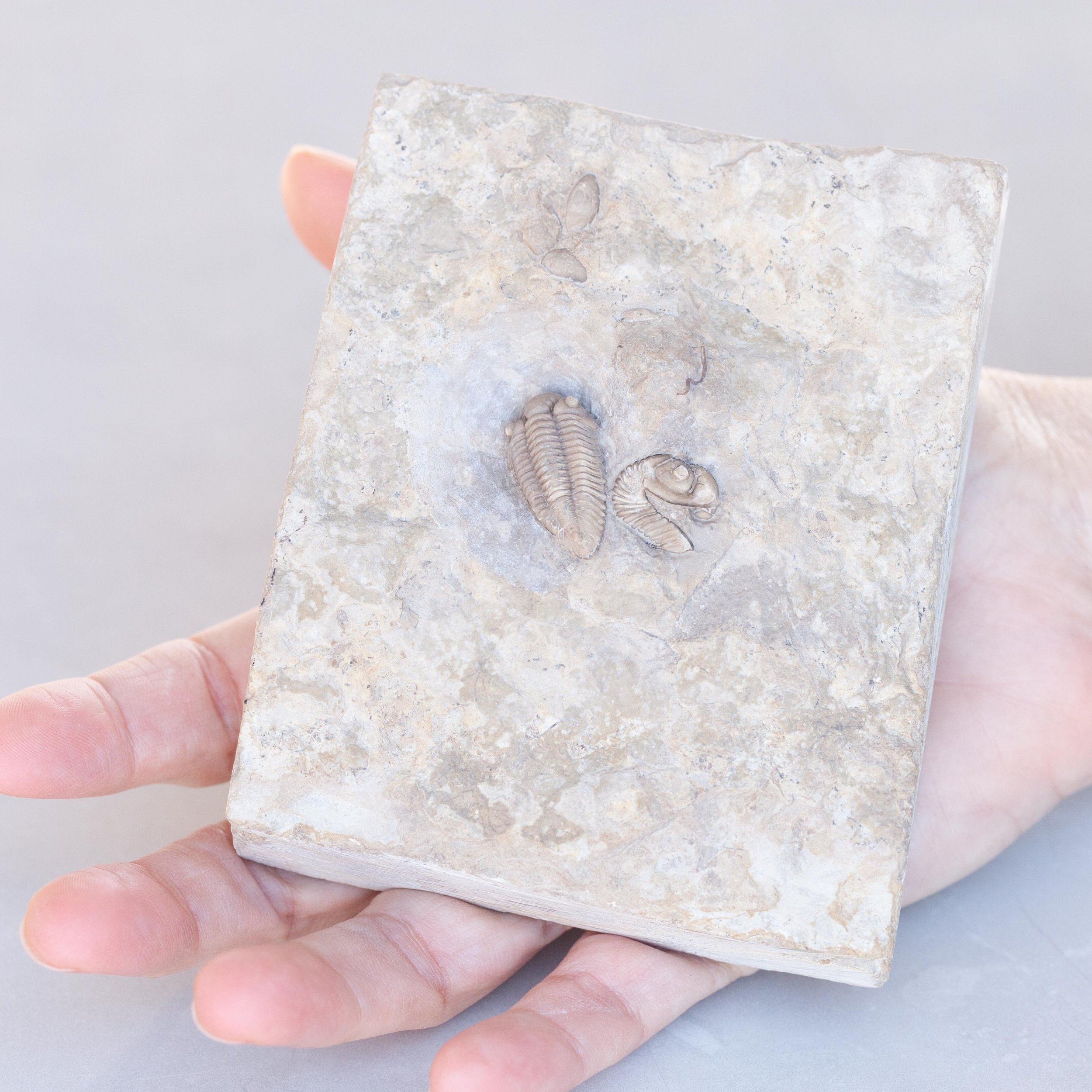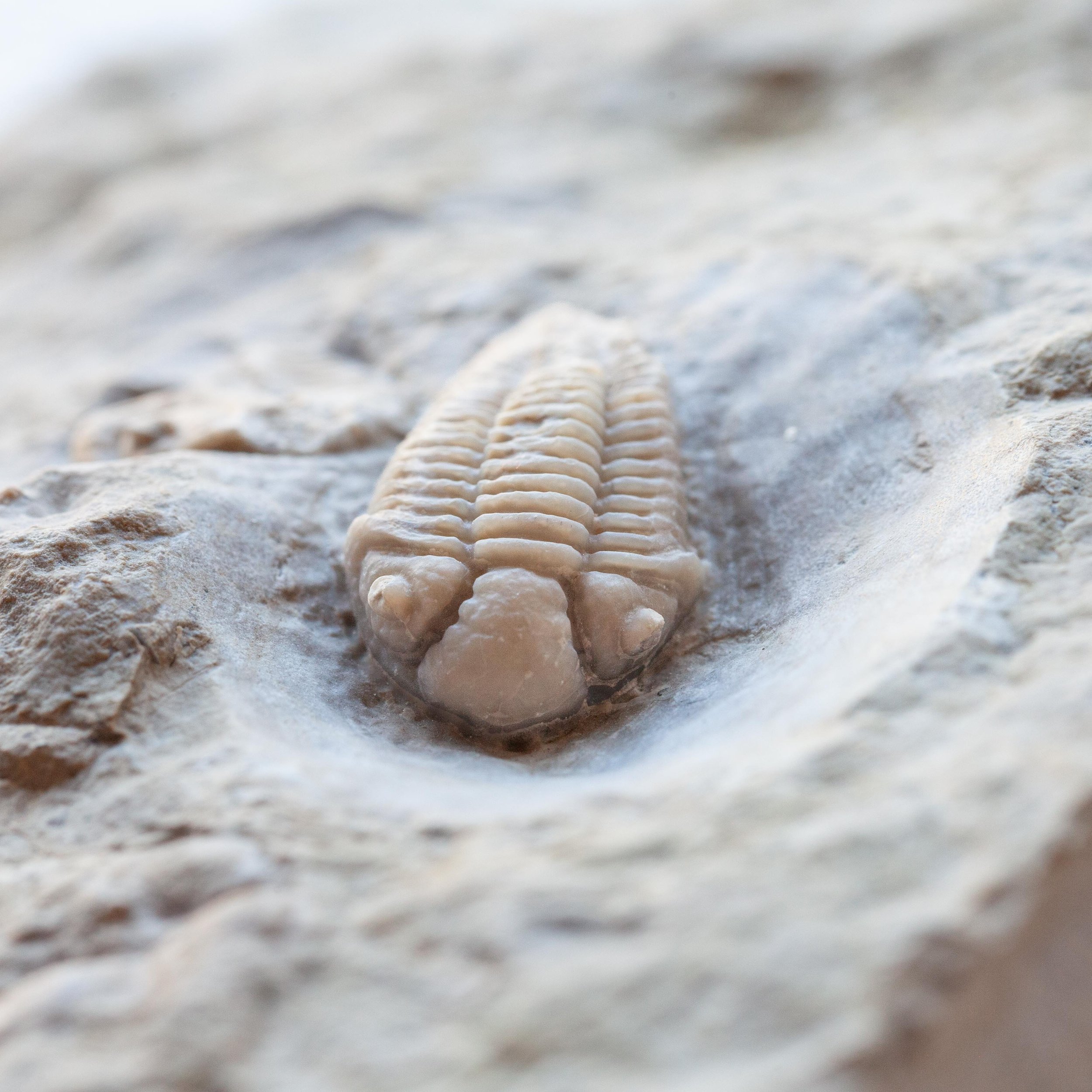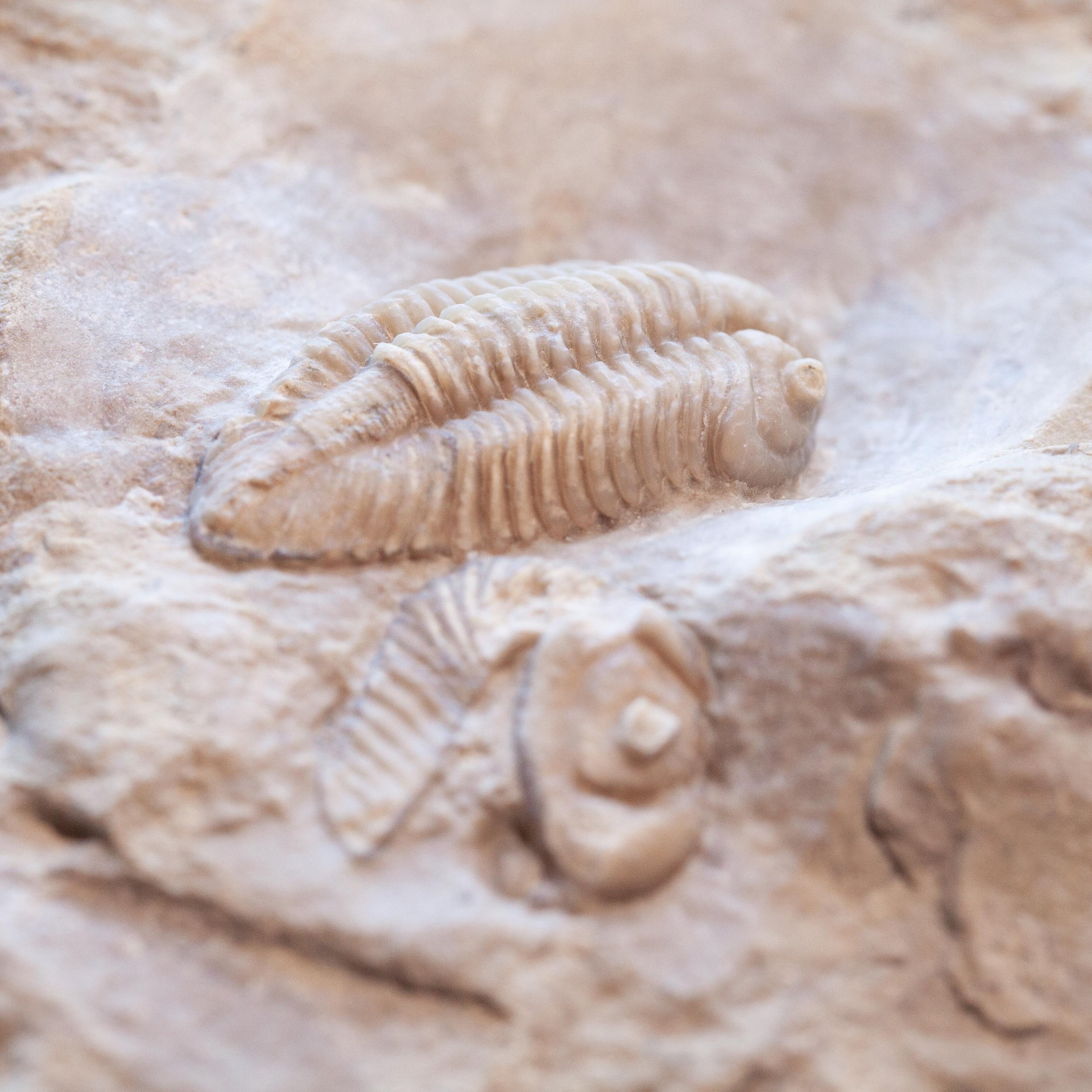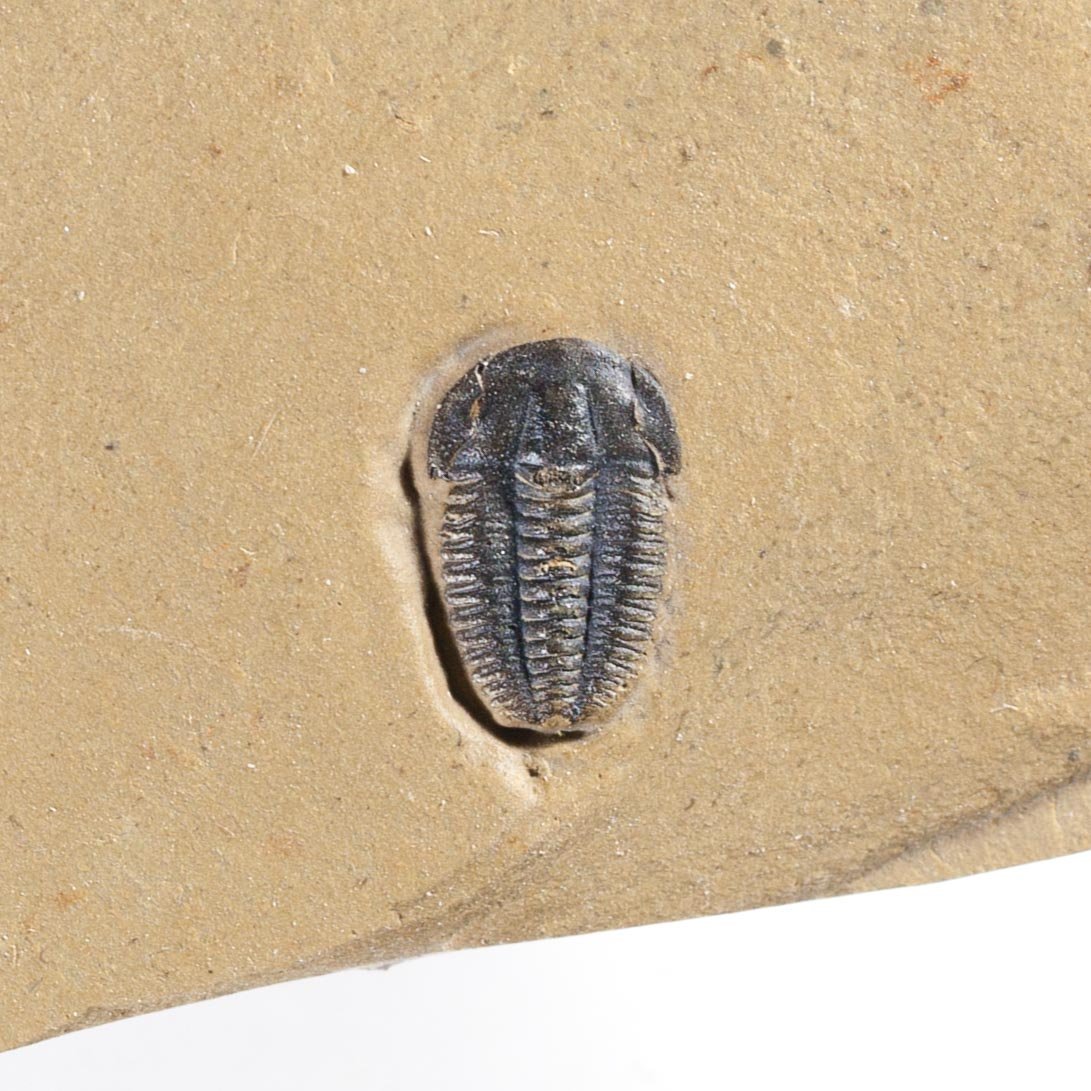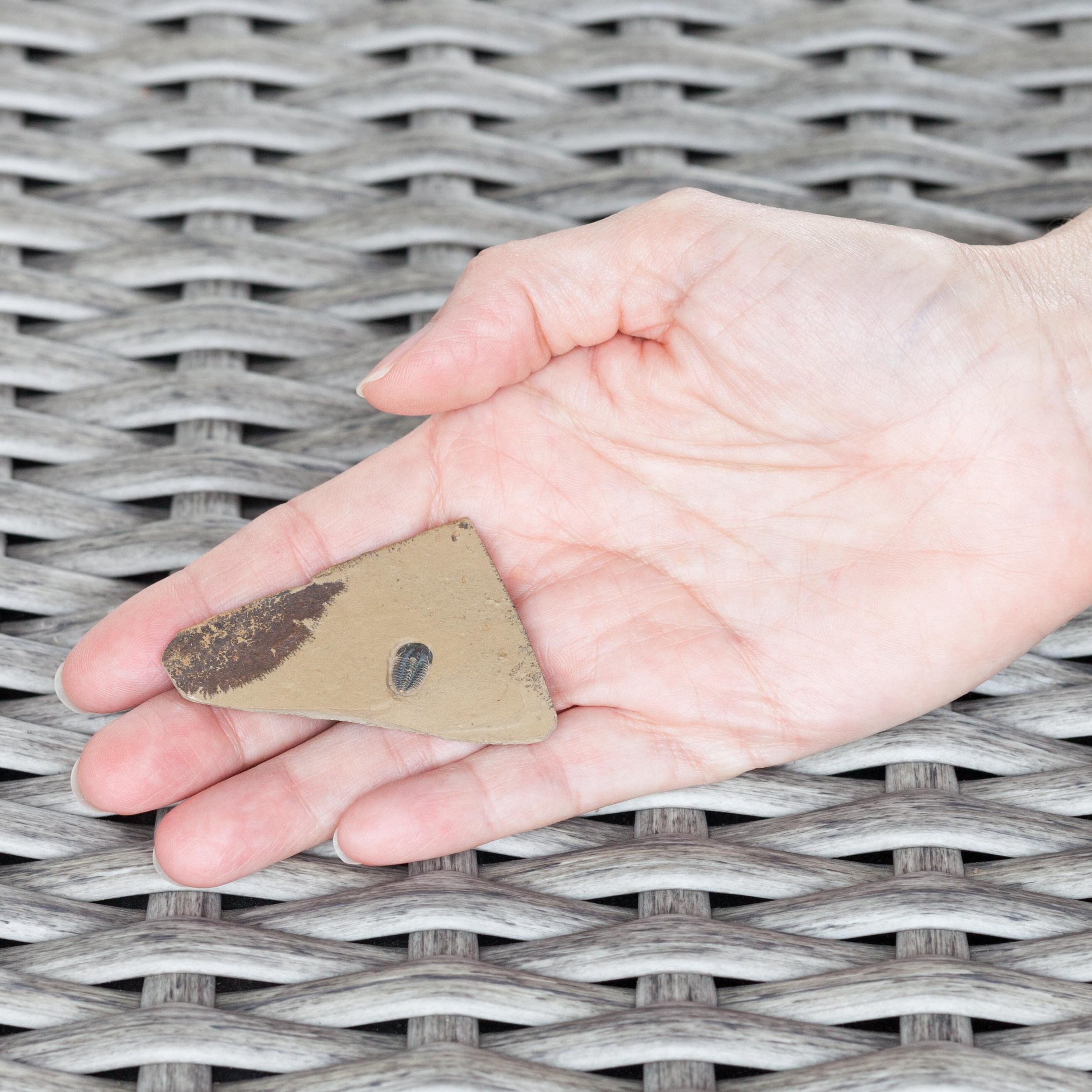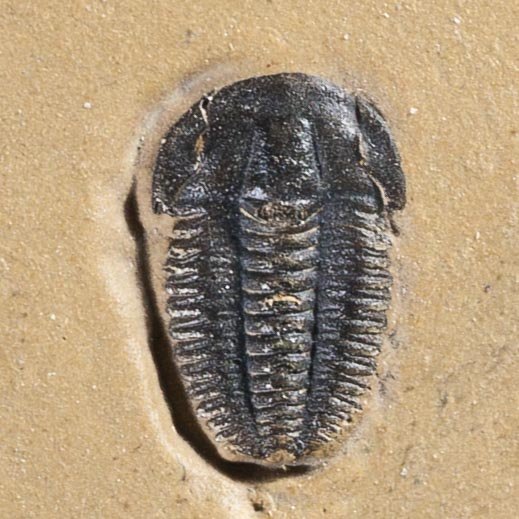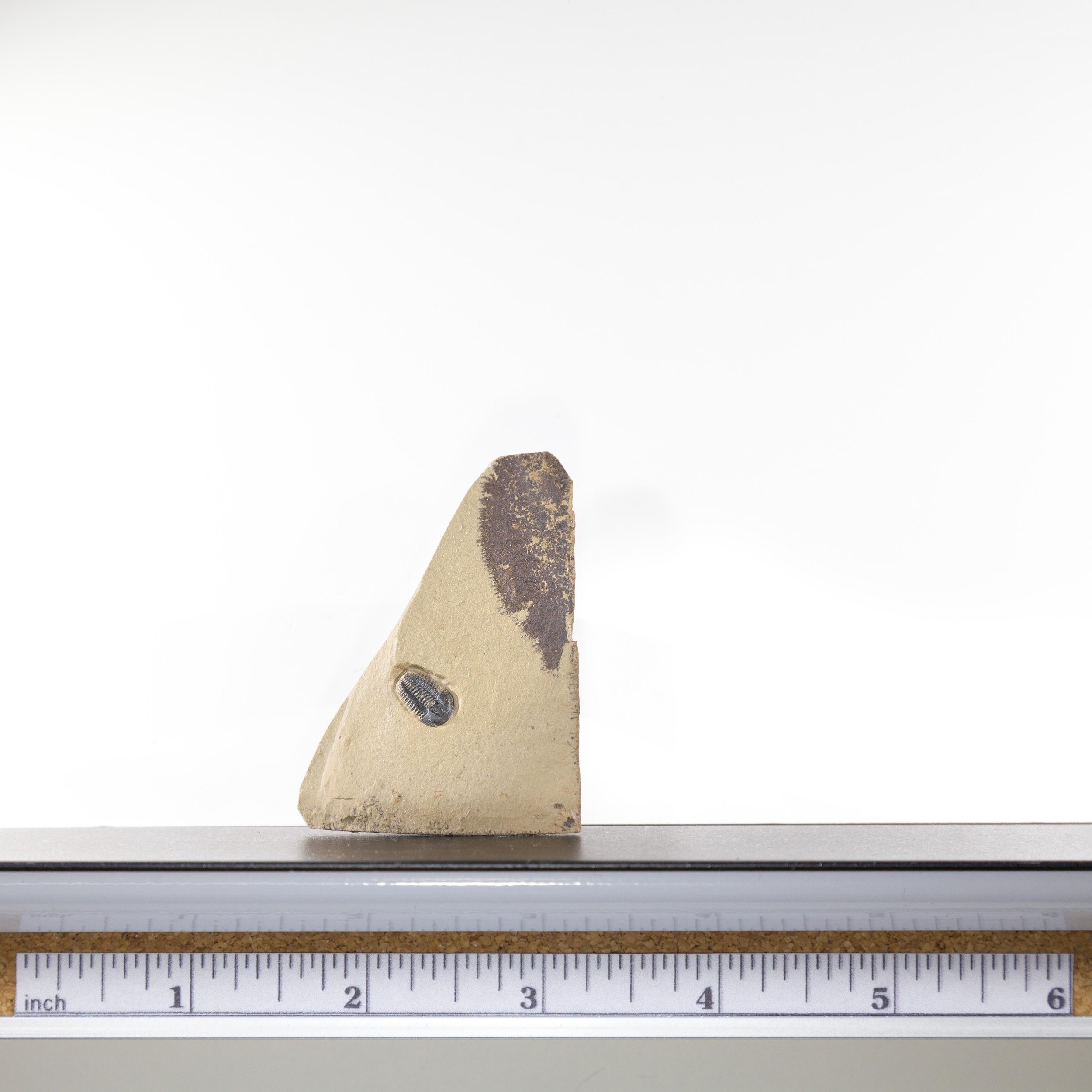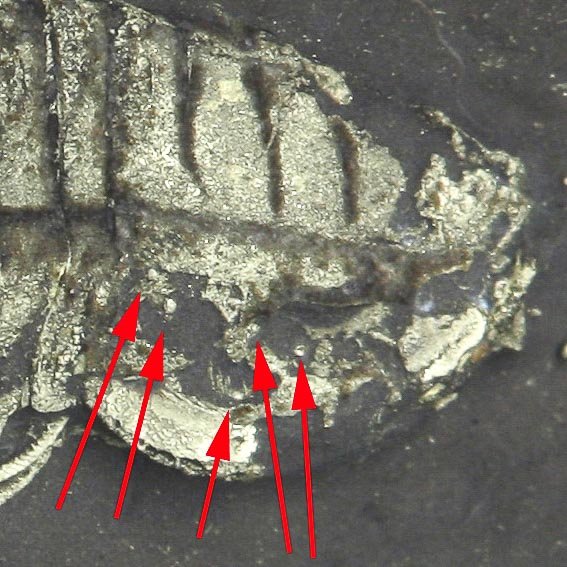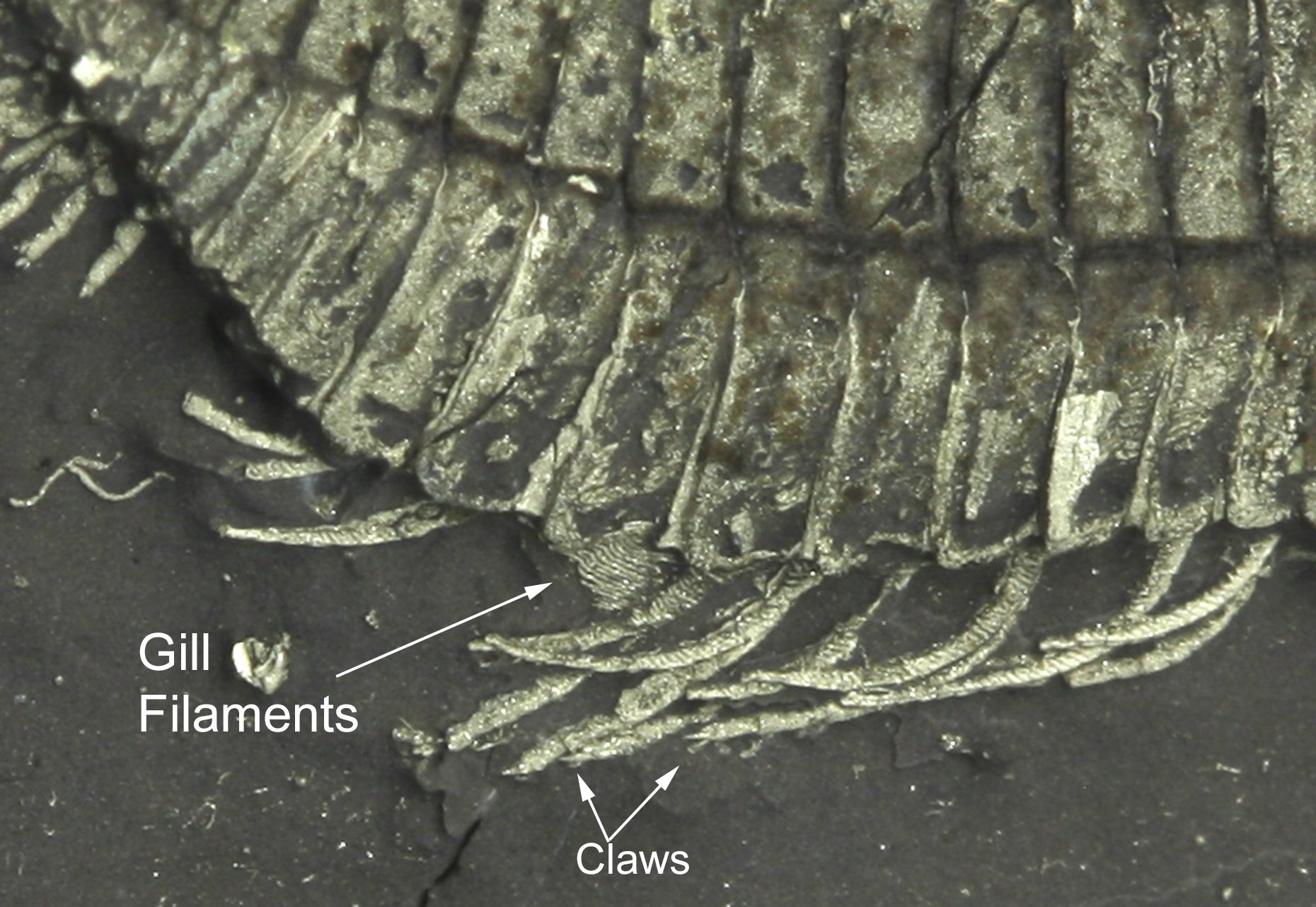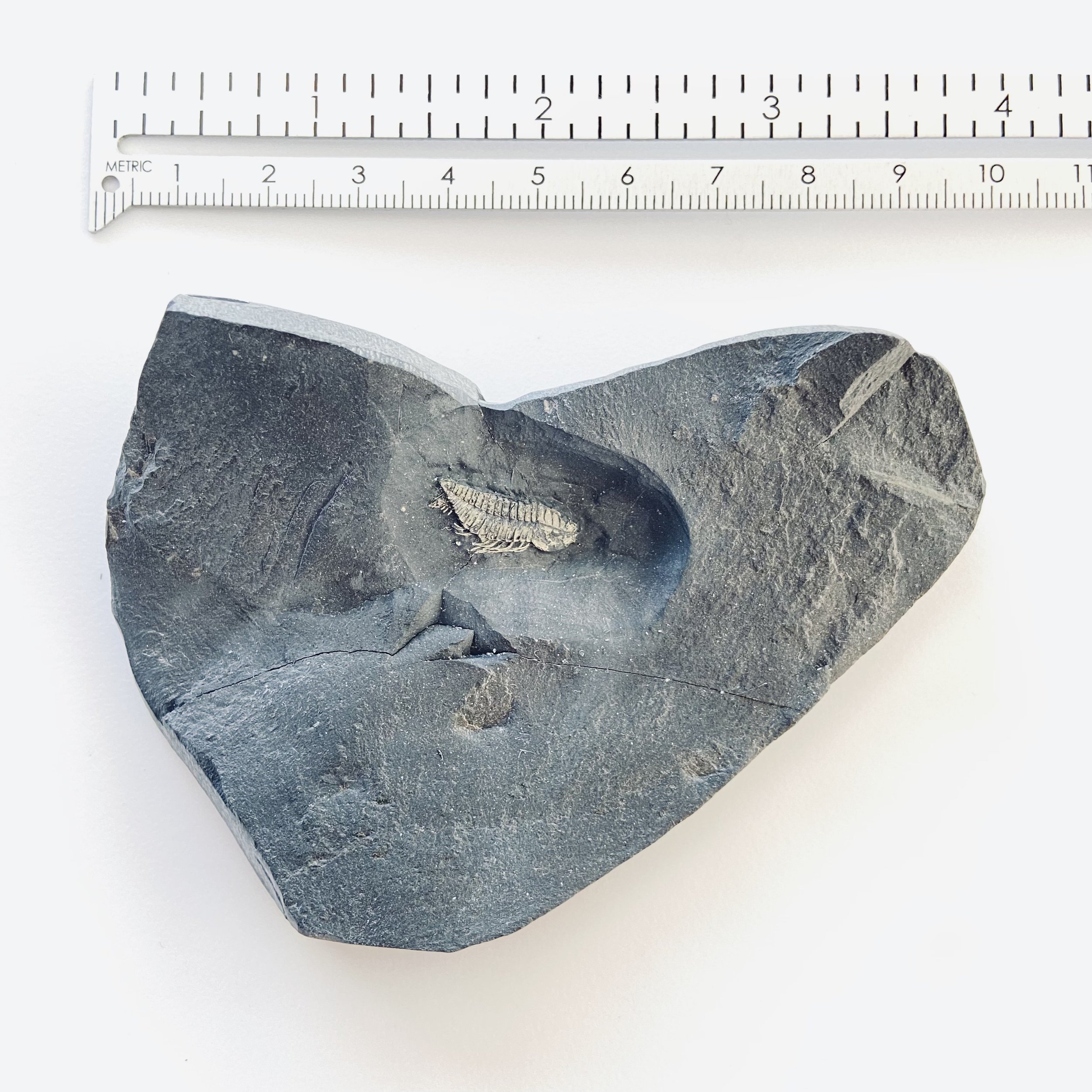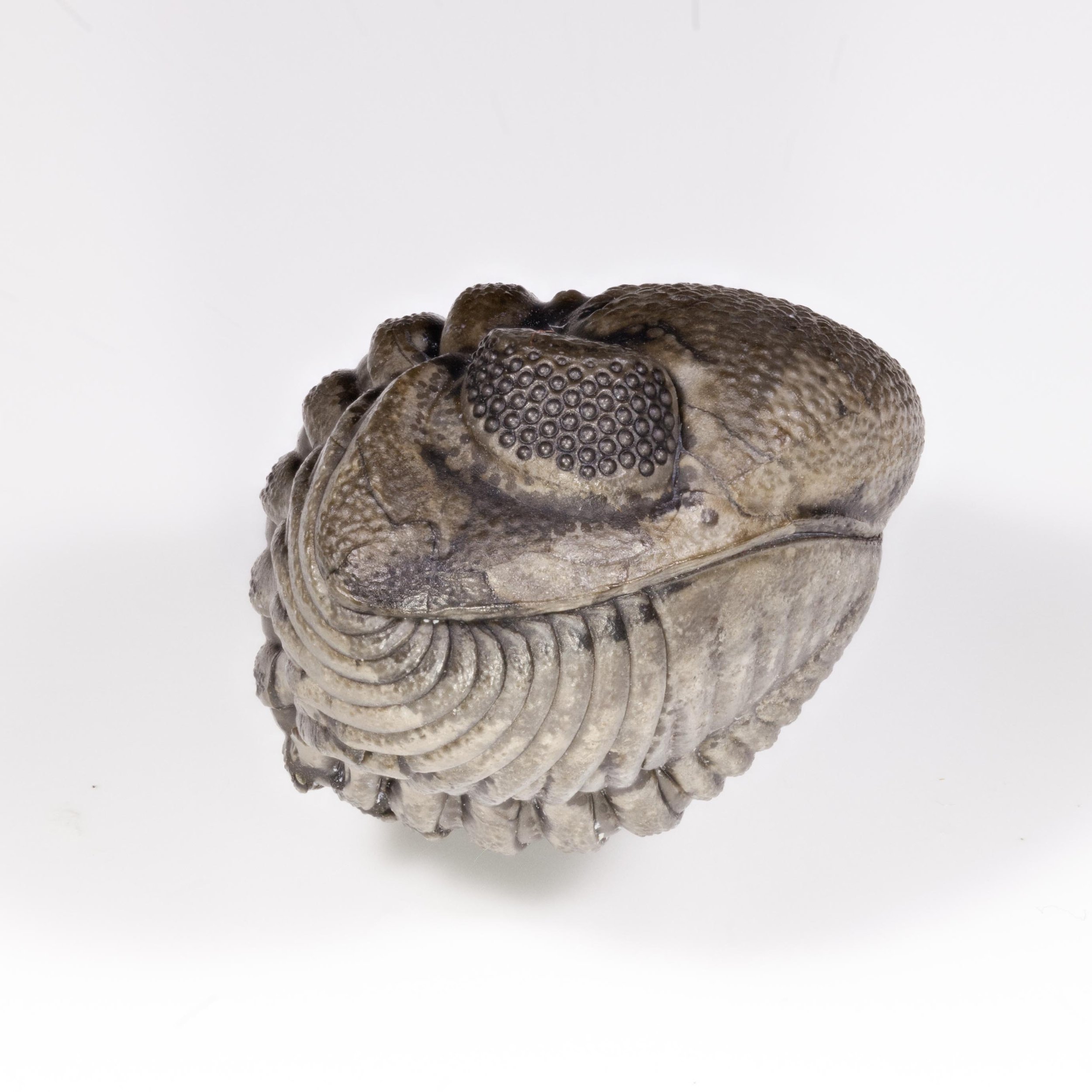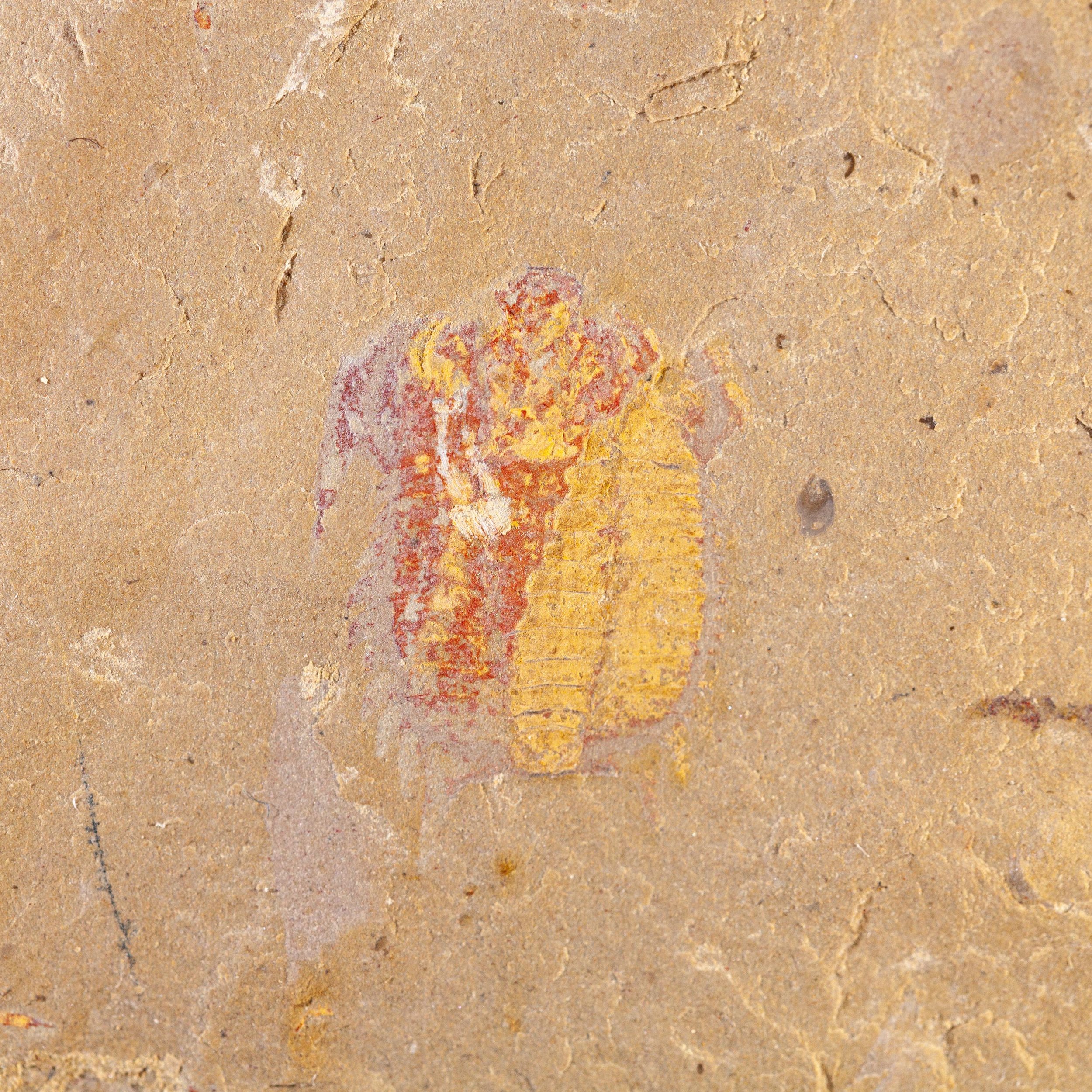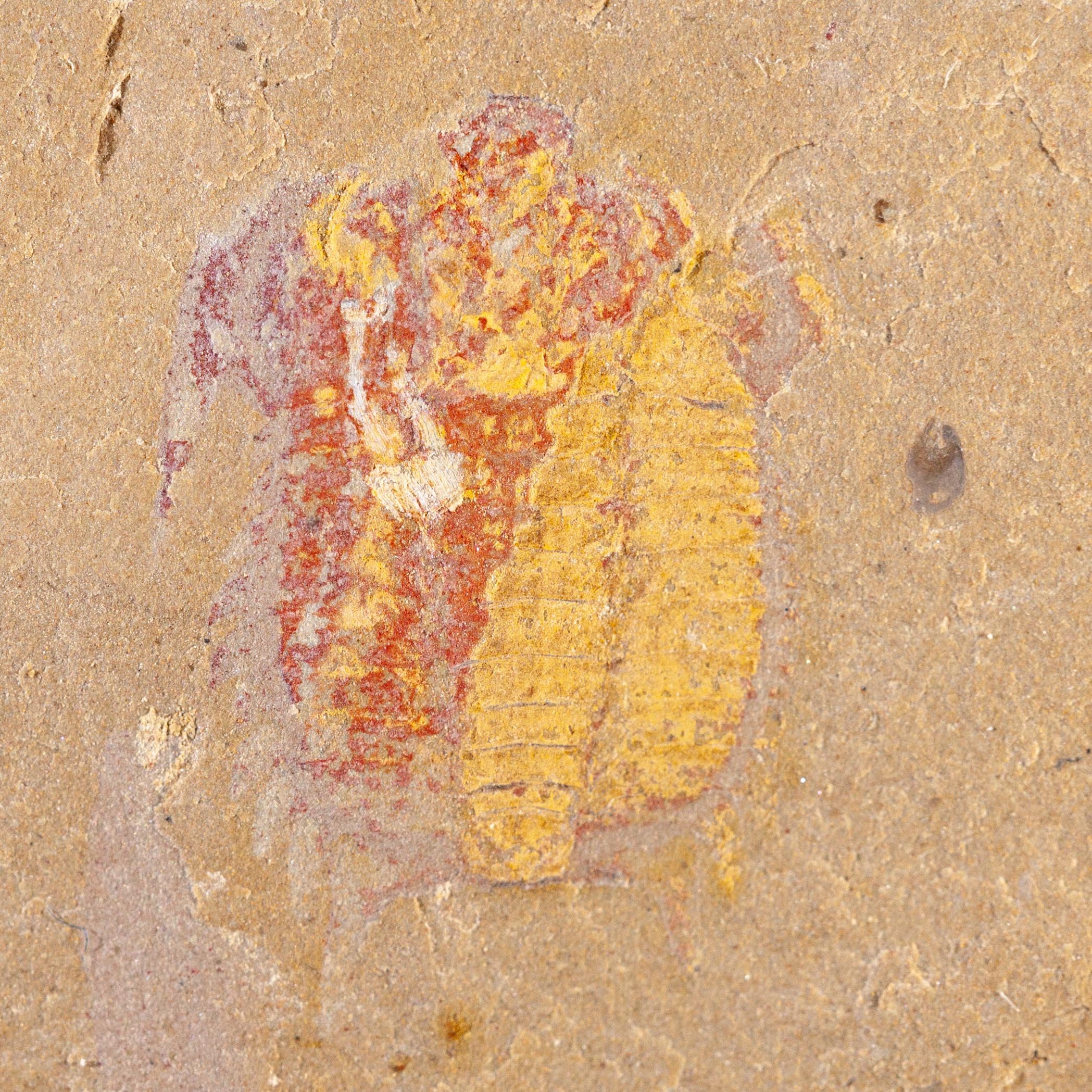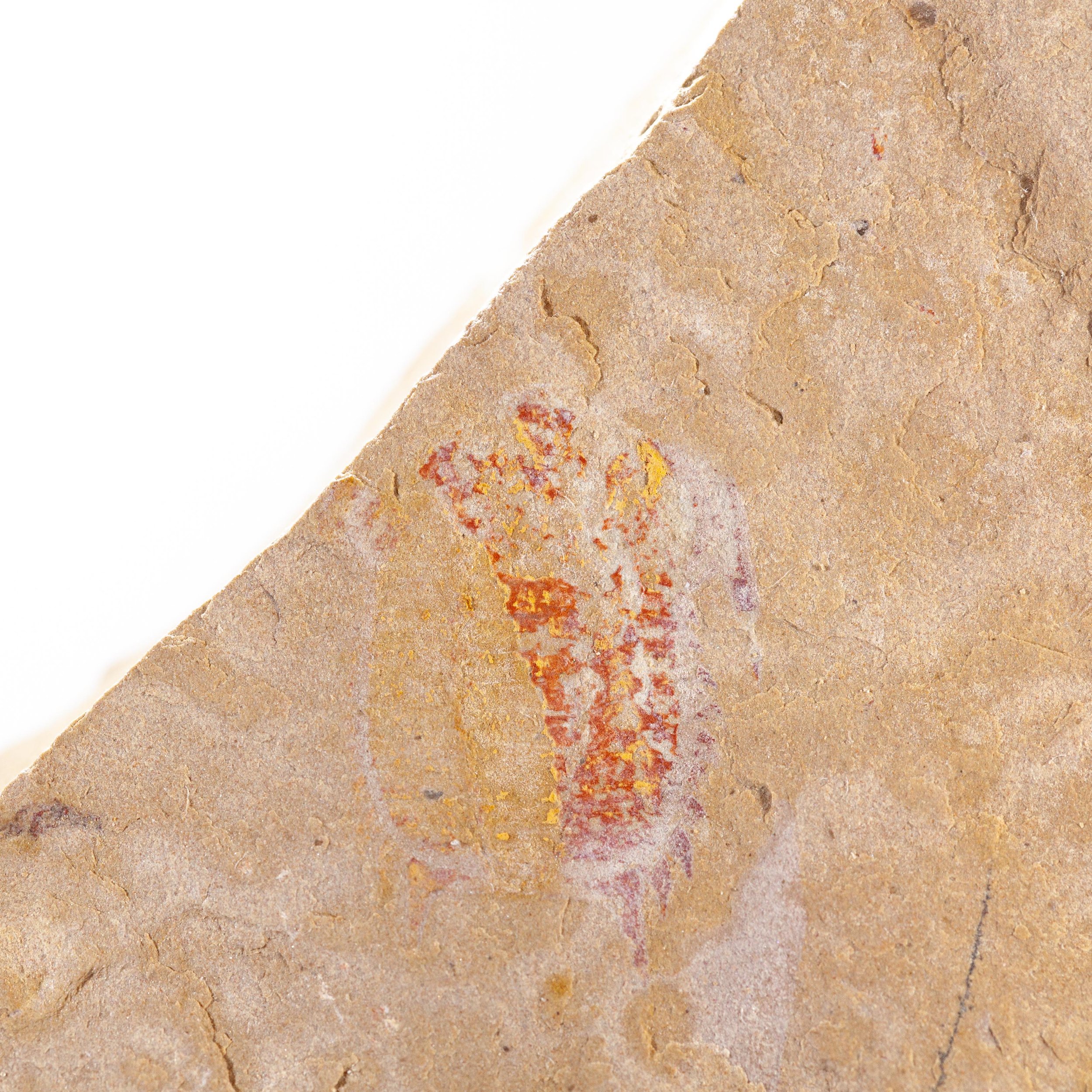Drotops megalomanicus
Vendor: Gold Bugs
SKU Number: SQ5602238
A massive trilobite fossil from the Middle Devonian, Bou Dib Formation of Morocco. We picked this beast up unprepared and in several pieces. It was prepared in North America by one of the best. The zebra patterns are calcite mineralization on the exoskeleton. The species is Drotops megalomanicus. One of the few prepared outside of Morocco. The prone length of this specimen is 5.25 inches.
Full dimensions are listed below.
Vendor: Gold Bugs
SKU Number: SQ5602238
A massive trilobite fossil from the Middle Devonian, Bou Dib Formation of Morocco. We picked this beast up unprepared and in several pieces. It was prepared in North America by one of the best. The zebra patterns are calcite mineralization on the exoskeleton. The species is Drotops megalomanicus. One of the few prepared outside of Morocco. The prone length of this specimen is 5.25 inches.
Full dimensions are listed below.
Vendor: Gold Bugs
SKU Number: SQ5602238
A massive trilobite fossil from the Middle Devonian, Bou Dib Formation of Morocco. We picked this beast up unprepared and in several pieces. It was prepared in North America by one of the best. The zebra patterns are calcite mineralization on the exoskeleton. The species is Drotops megalomanicus. One of the few prepared outside of Morocco. The prone length of this specimen is 5.25 inches.
Full dimensions are listed below.
Additional Information
Drotops is large in comparison to most other trilobite genera, and can reach lengths of 20 centimetres (~10 in). Drotops can be distinguished from other genera in this family by its size. It looks generally like a very large Phacops with large pustules covering its surface, with a high density on the glabella.
Drotops armatus is distinguished from Drotops megalomanicus because of its spines present on the eye ridges and along the thorax. The species have fairly large schizochroal eyes which were mounted on turret-like structures that gave a near 360-degree field of view. As with many other trilobites, individuals curl into a ball to protect itself from the predators with its hard exoskeleton.


